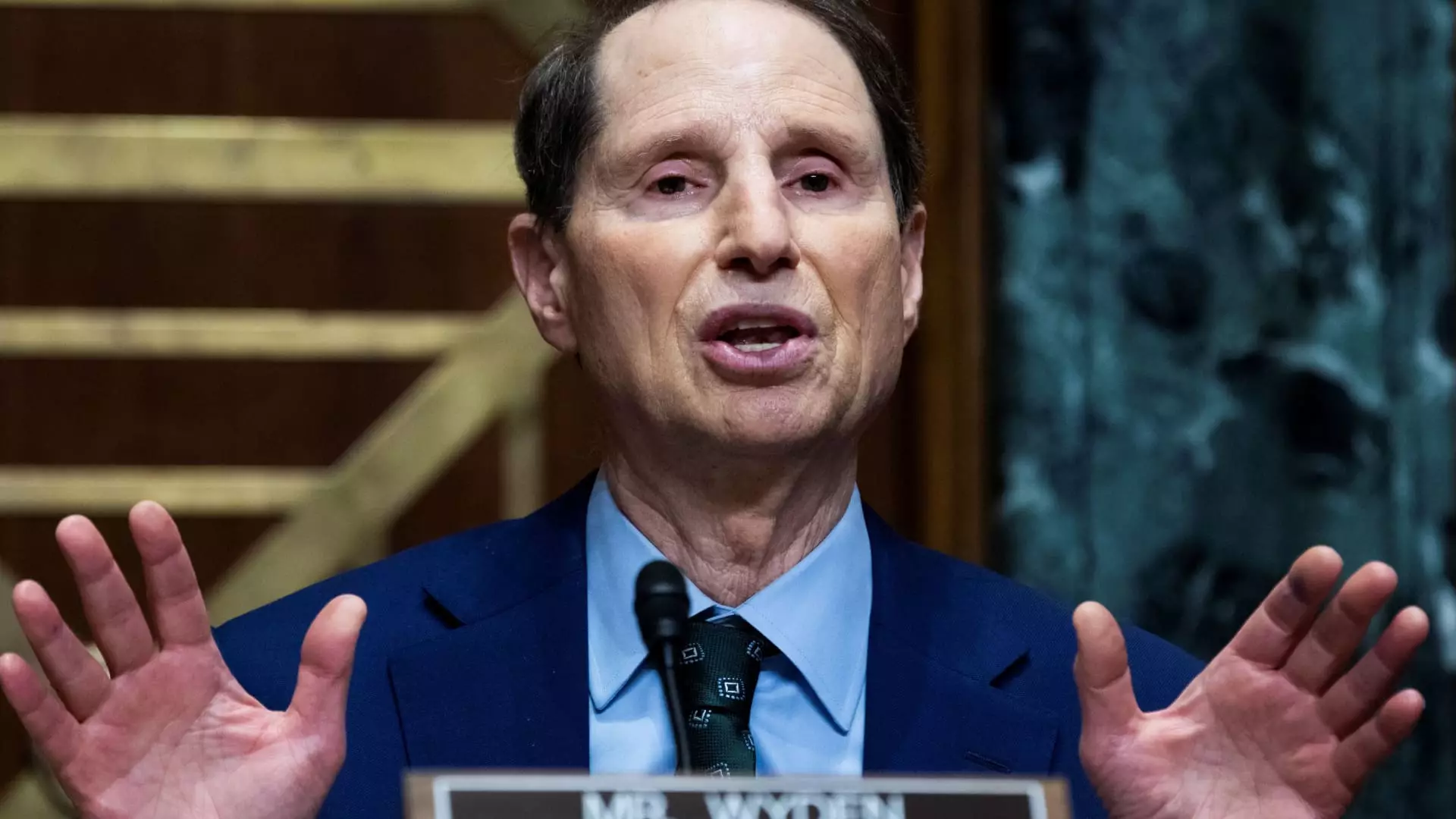As the clock ticks towards the expiration of critical tax provisions set in motion by the Tax Cuts and Jobs Act (TCJA) of 2017, lawmakers face a high-stakes decision-making process that could alter the financial landscape for millions of American families and small businesses. With the temporary benefits of the TCJA slated to vanish post-2025, it is imperative to understand the implications of these potential changes and the political dynamics at play.
The Tax Cuts and Jobs Act, championed by former President Donald Trump, was designed to stimulate the economy by reducing corporate tax rates and providing various deductions for individuals and businesses. Among its notable features were lower federal income tax brackets, increased standard deductions, enhanced child tax credits, and significant breaks for small businesses via the Qualified Business Income (QBI) deduction. However, many of these provisions are temporary, raising questions about their future as the 2025 deadline approaches.
Senate Finance Committee Chairman Ron Wyden has characterized the impending expiration of these benefits as a potential crisis for America’s middle class and the federal budget. His comments underscore the urgency lawmakers feel, as they weigh the competing interests of economic growth, tax fairness, and fiscal responsibility.
With current political control divided and unpredictable future electoral outcomes, it is challenging to forecast which tax provisions will be prioritized—or whether any will be extended at all. Organizations and lawmakers are increasingly voicing their support for maintaining certain tax benefits, with a collective understanding that the expiration of these provisions could have profound consequences.
According to estimates from the Tax Foundation, if the TCJA provisions lapse, over 60% of tax filers may confront higher taxes. This looming situation has left many small business owners anxious about the fate of the QBI deduction, a vital tool for those operating as pass-through entities like partnerships and S-corporations. Jeff Brabant, representing nearly 300,000 small businesses through the National Federation of Independent Business, emphasized the significance of the QBI deduction not merely as a financial benefit, but as essential for survival in an economic landscape shaped by unprecedented challenges such as the COVID-19 pandemic and rising inflation.
Another critical point of contention is the child tax credit. During the pandemic, modifications to this credit led to significant benefits for families, raising the maximum amount to $3,600 per child for qualifying households under the American Rescue Plan. This change effectively reduced child poverty rates to an all-time low of 5.2% in 2021. However, as pandemic relief measures waned, the return to pre-2021 credit levels saw childhood poverty rates rebound to troubling highs.
Experts, like Indivar Dutta-Gupta from Georgetown University, highlight the child tax credit’s capacity to enhance disposable income for working families—a stark reminder of how tax policies can directly influence social welfare metrics. As congressional discussions unfold, the importance of a renewed focus on this tax benefit is hard to ignore.
While lawmakers wrestle with tax policy, they must also grapple with the broader federal financial picture. The national debt, currently approximated at $35.3 trillion, exacerbates concerns about extending tax benefits, especially amid rising interest expenditure that has already surpassed $1 trillion this fiscal year. Experts suggest that this fiscal strain complicates negotiations, forcing lawmakers to consider the implications of extending tax breaks while striving to maintain budgetary discipline.
Kent Smetters, a professor at the Wharton School, emphasized the critical nature of these discussions by metaphorically likening the debate to “arguing over furniture while the house is on fire.” This stark analogy encapsulates a pressing reality: tax policy cannot be debated in isolation from the broader context of national fiscal health.
As we move closer to 2025, the debates surrounding the TCJA provisions will undoubtedly intensify. The potential for increased taxes for millions of Americans and the economic stability of small businesses hangs in the balance. It is essential for lawmakers to approach these discussions with a dual focus on fostering economic growth while ensuring the welfare of vulnerable populations. The decisions made in the coming years will not only impact financial trajectories for families and businesses but will also shape the foundational structure of the U.S. tax system for generations to come.

